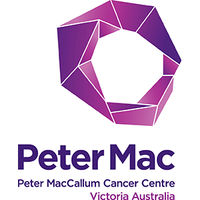Request Demo
Last update 08 May 2025
Carcinoid Heart Disease
Last update 08 May 2025
Basic Info
Synonyms Carcinoid Heart Disease, Carcinoid Heart Diseases, Carcinoid heart disease + [10] |
Introduction Cardiac manifestation of gastrointestinal CARCINOID TUMOR that metastasizes to the liver. Substances secreted by the tumor cells, including SEROTONIN, promote fibrous plaque formation in ENDOCARDIUM and its underlying layers. These deposits cause distortion of the TRICUSPID VALVE and the PULMONARY VALVE eventually leading to STENOSIS and valve regurgitation. |
Analysis
Perform a panoramic analysis of this field.
login
or

AI Agents Built for Biopharma Breakthroughs
Accelerate discovery. Empower decisions. Transform outcomes.
Get started for free today!
Accelerate Strategic R&D decision making with Synapse, PatSnap’s AI-powered Connected Innovation Intelligence Platform Built for Life Sciences Professionals.
Start your data trial now!
Synapse data is also accessible to external entities via APIs or data packages. Empower better decisions with the latest in pharmaceutical intelligence.
Bio
Bio Sequences Search & Analysis
Sign up for free
Chemical
Chemical Structures Search & Analysis
Sign up for free





